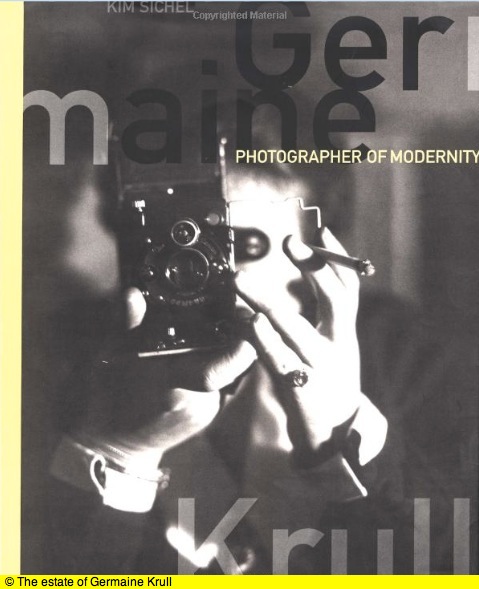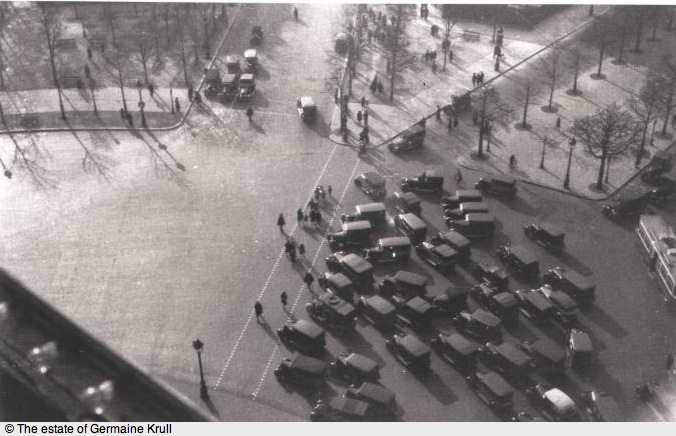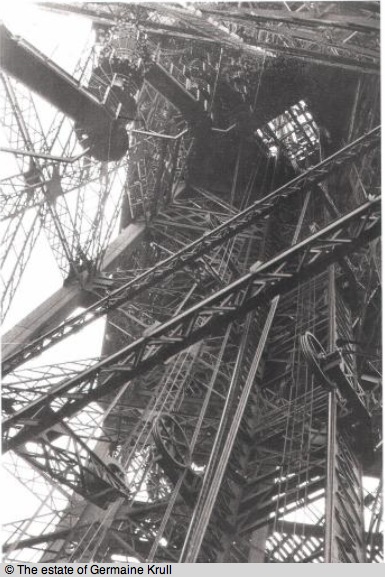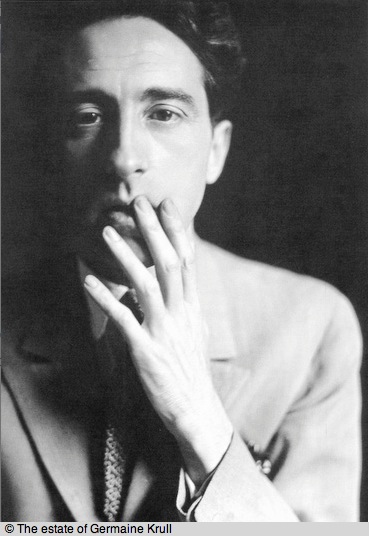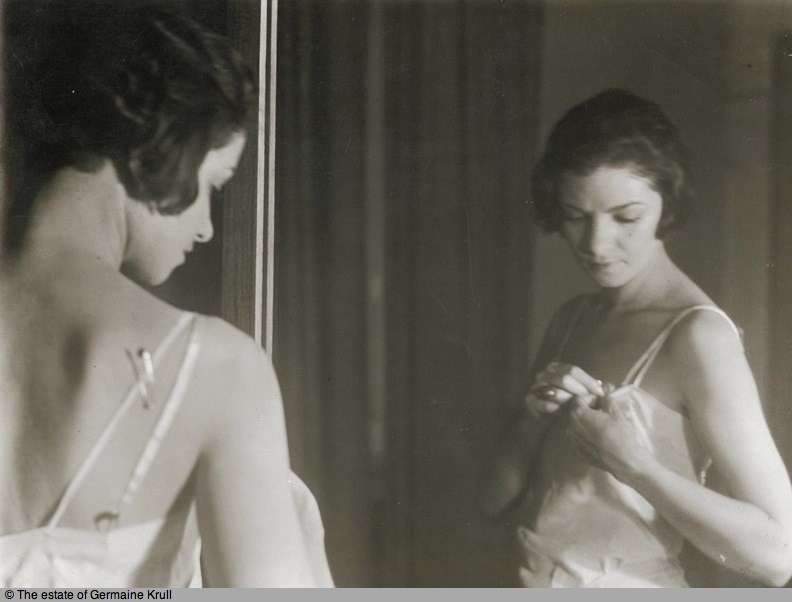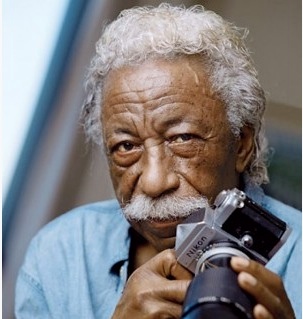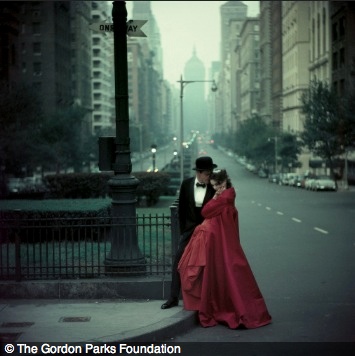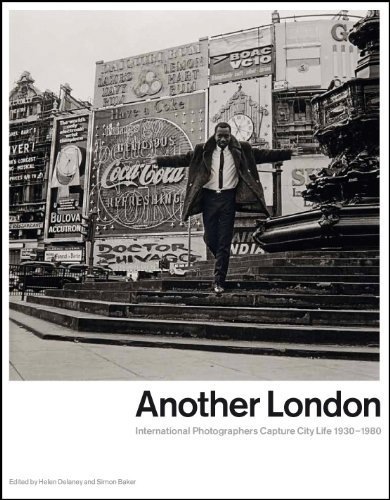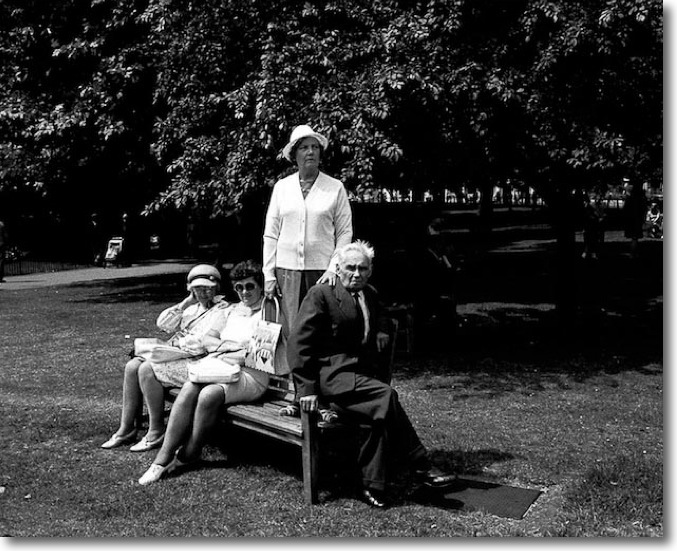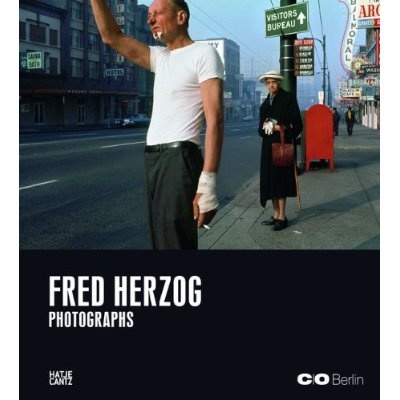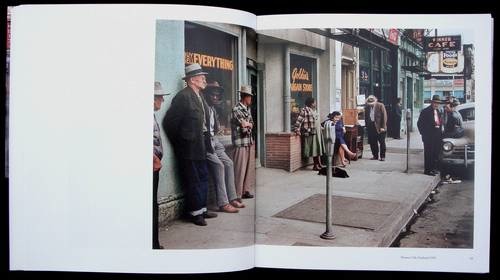Splendid.
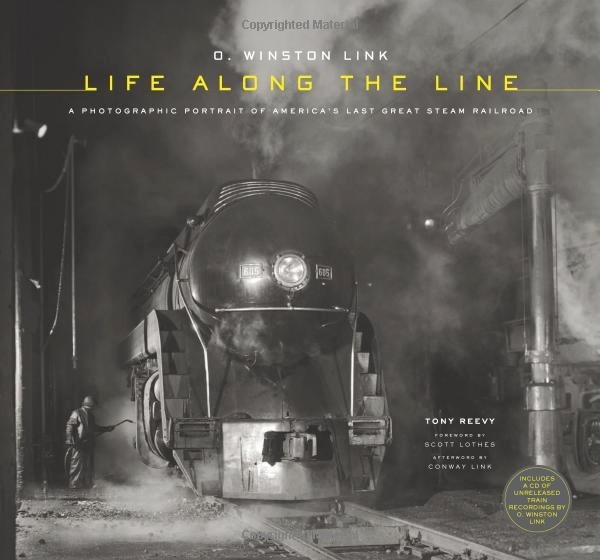
Click the picture for Amazon US. I do not get paid if you do that.
This book of O Winston Link’s extraordinary night steam railroad photographs improves on Steam, Steel and Stars of which I wrote over 5 years ago. The earlier tome remains available but is far costlier, for some reason, and is missing two things which makes the newer book better. The new one includes a handful of moving color pictures and a CD with recordings of steam trains made by Link himself.
This is the first I have read of his involvement in sound recording, an endeavor to which Link applied himself with the same intensity exhibited in his picture making. There’s an index to the recordings on Page 236 but zero information on the tracks once the CD is imported into iTunes. Try Track 4 to experience the immense power of a heavy steam locomotive working hard – a Class Y train moving coal trucks. Ideal background sound for any train enthusiast’s den. You can hear Link on Track 06 – he sounds remarkably like Groucho Marx! Recorded in June 1958, in the very last days of steam. The haunting, plaintive whistle of the big Y6-b can be heard on Track 07. Link’s recording technique is outstanding – for example try Track 08 where you can hear water dripping off the tunnel walls until the sound of the locomotive drowns everything out. The recordings make reference to photographs showing the trains in the locations where they were recorded.
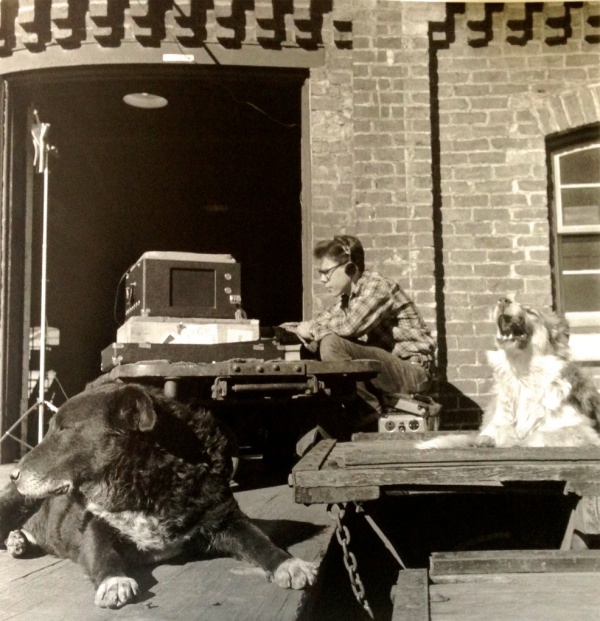
Link’s assistant operates the giant Ampex tape recorder, with two helpers.
Nothing about Link’s efforts was easy. From the large view cameras, huge tripods, hundreds of flash bulbs, miles of cable, large power supplies and gargantuan tape recorders, this was a very focused effort indeed. Next time you make a color movie, sound track and all, with your iPhone think about what Link had to go through.
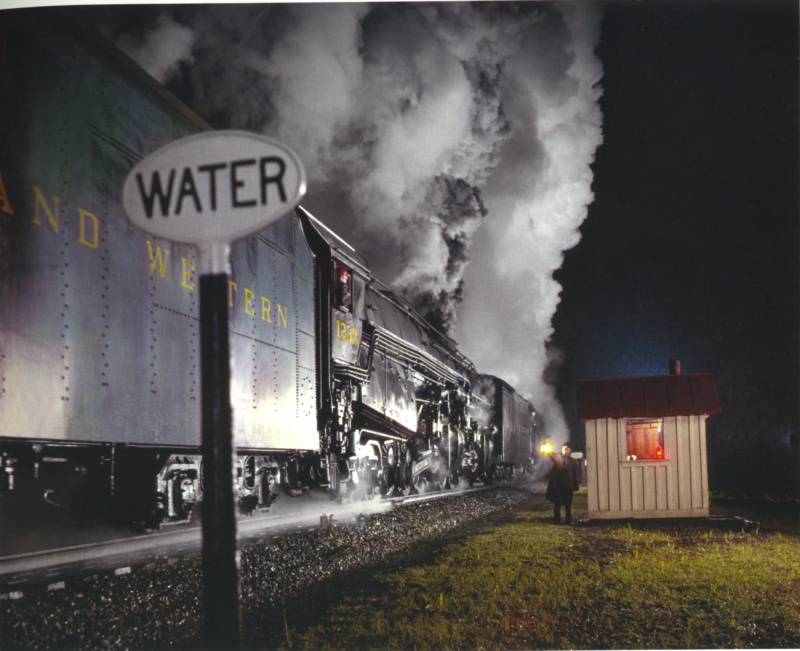
Steam at night. As evocative as it gets.
The above image is not only immensely moving, the work that went into it is well described and worth the price of the book alone.
Highly recommended. It bears repeating that you do not have to be a steam train nut to enjoy this book. All you have to like is great photography.
